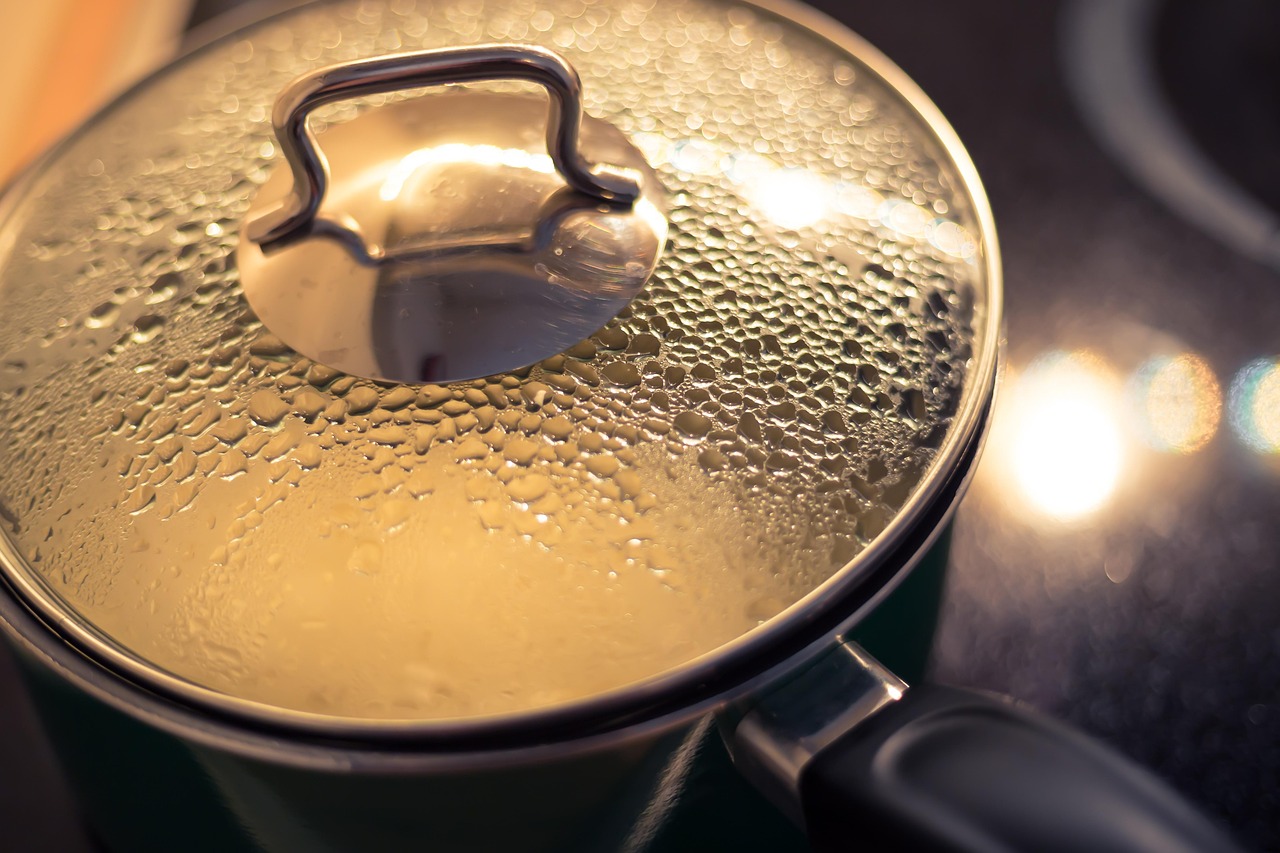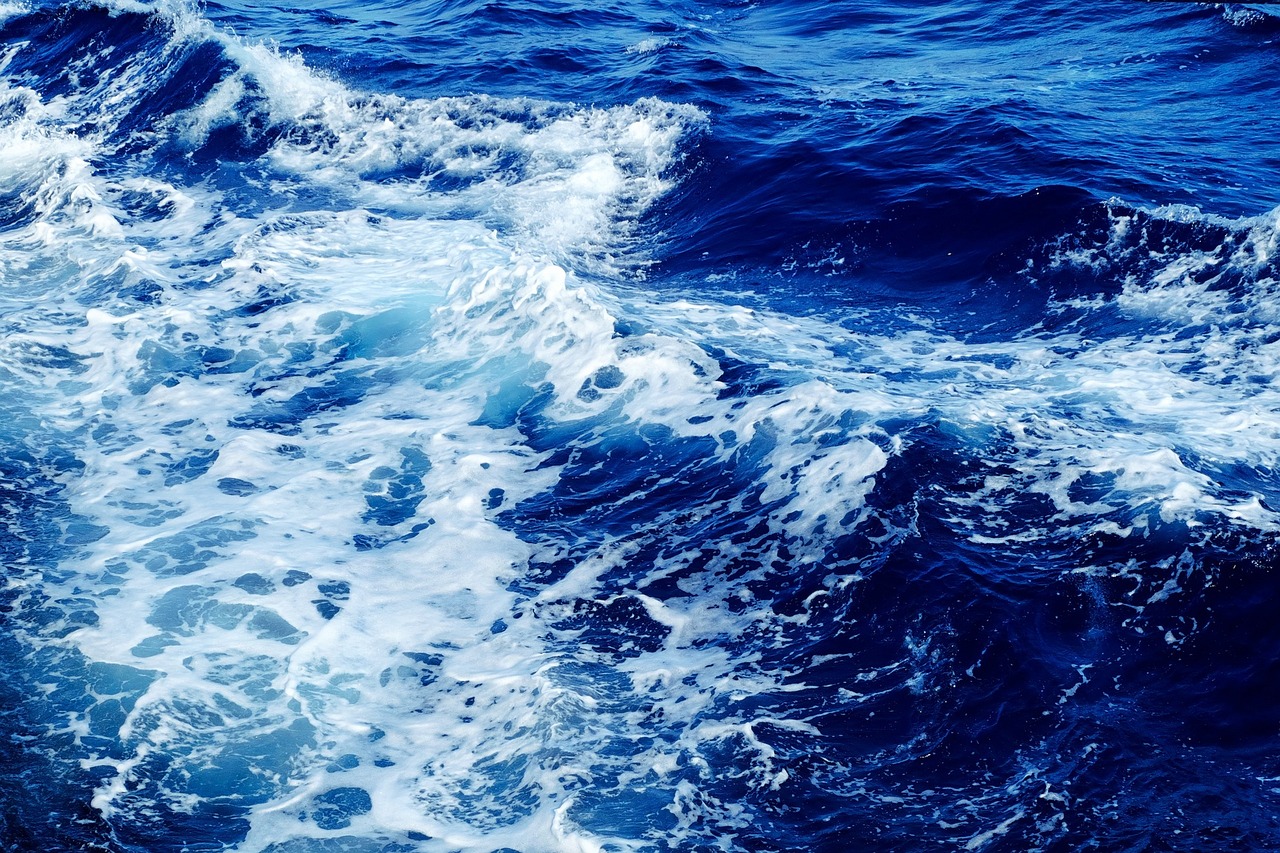
Why Does Water Boil at 68° Celsius Here?
Water normally boils at 100°C at sea level, but on the summit of Mount Everest, it boils at only 68°C. This is due to the lower atmospheric pressure at higher altitudes. As you climb higher, the air pressure drops, allowing water to boil at a lower temperature.
What Causes This Change?
- Atmospheric Pressure: At sea level, the pressure is about 101.3 kPa. On Mount Everest, it's only about 33.7 kPa.
- Boiling Point Relation: The boiling point of water depends on the external pressure. Lower pressure means molecules can escape into vapor more easily.
- Altitude Factor: With every 500-meter increase in altitude, the boiling point of water drops by roughly 1°C.

Water Boiling Under the Ocean
In contrast, under the ocean where the pressure is extremely high, water can boil at temperatures well over 100°C. Deep-sea hydrothermal vents have boiling water temperatures of around 350°C, but the pressure is so high that the water doesn't turn to vapor easily.
Interesting Facts
- Cooking on Everest: Due to the lower boiling point, cooking food (like boiling rice or eggs) takes much longer and may never reach proper temperatures.
- Pressure Cookers: These work by increasing internal pressure, allowing water to boil at higher temperatures, making cooking more efficient—even on mountains.
- Scientific Relevance: Understanding how boiling points shift with pressure is crucial in chemistry, engineering, and space exploration.
Conclusion
Water boils at 68°C on Mount Everest because of the thin atmosphere and low air pressure. Conversely, in the deep ocean, it boils at much higher temperatures due to extreme pressure. This fascinating interplay between temperature and pressure reveals just how dynamic and adaptable the properties of water are across different environments on Earth.